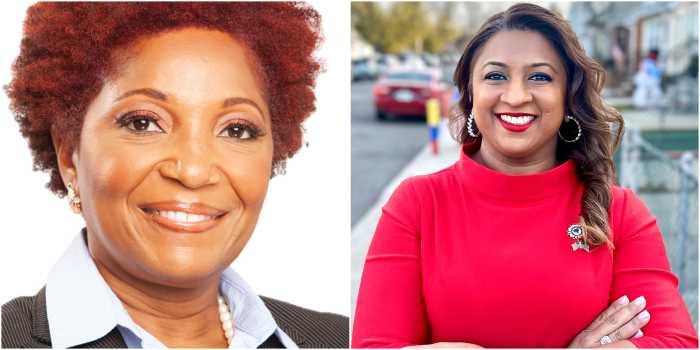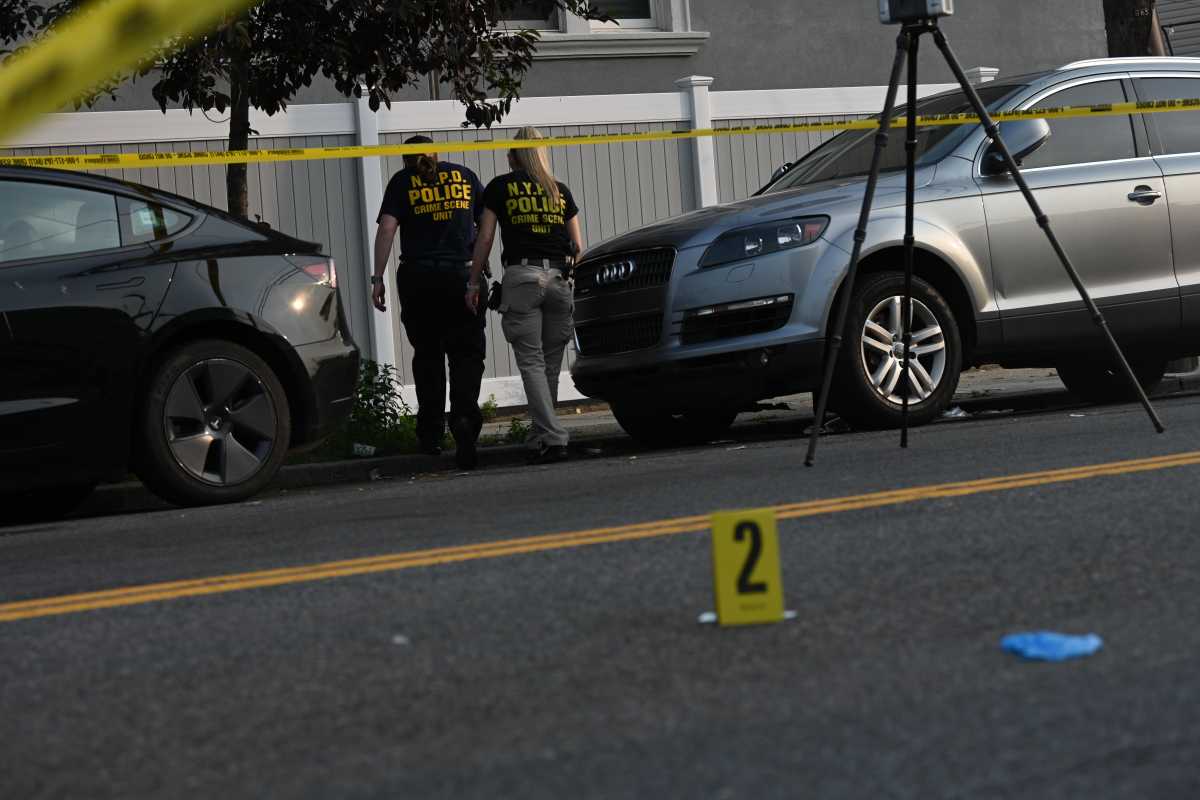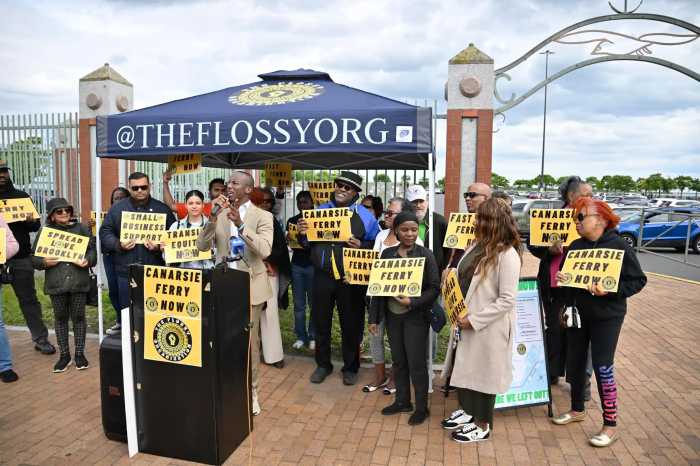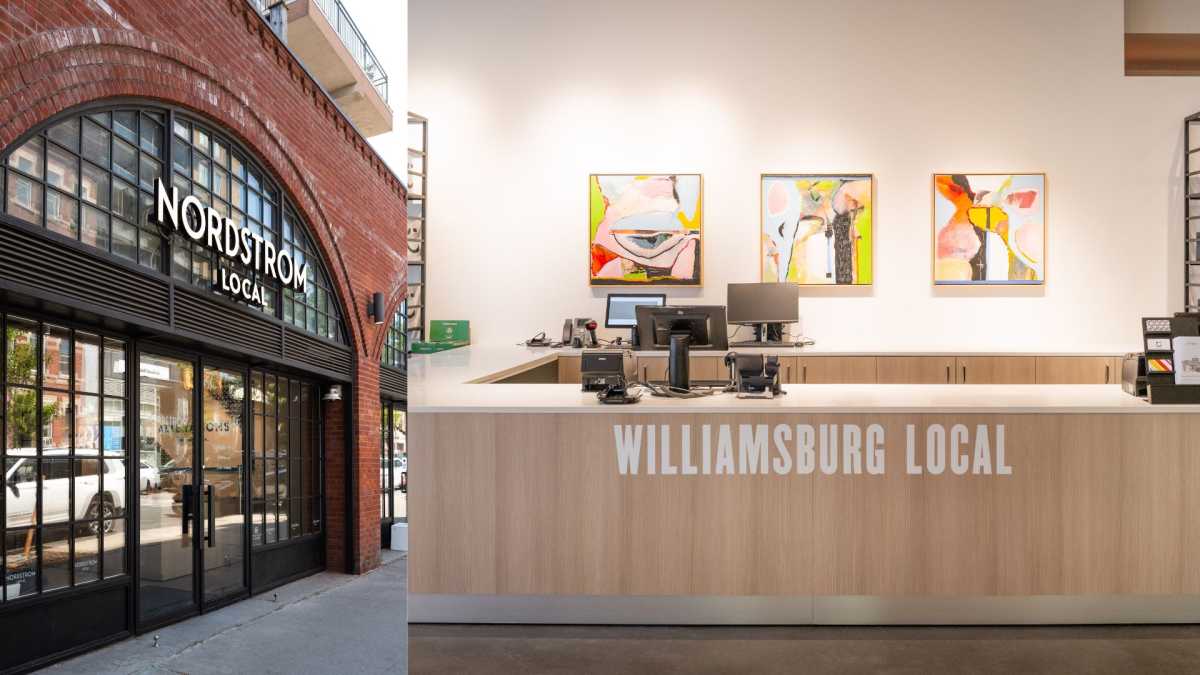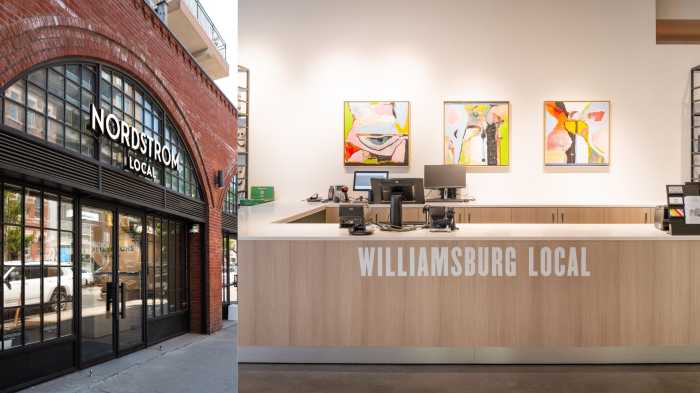Clearly, it’s not easy being green.
Neighborhood residents – who cherish Canarsie Park – are outraged by news that the city’s Department of Parks & Recreation has spread herbicide in portions of the oasis, which is currently being reconstructed.
In an August 22 letter to Brooklyn Parks Commis-sioner Julius Spiegel, South Canarsie Civic Association (SCCA) Vice President Steven Kaye excoriated the move by the agency to use the chemicals to clear vegetation in areas of naturalized growth near the former compost site.
In addition, he contended that the herbicide usage had occurred against the expressed wishes of residents and in contravention of a promise made some months back by Parks Department personnel.
Citing a meeting between Parks Department personnel and civic activists that took place back in April, at which the use of herbicide had been discussed, Kaye said that the Parks Department representative present, “Agreed to community demands that no herbicide would be used to clear our treasured phragmites, reeds or any of the other thick vegetation that we prize.
“The destruction of the naturalized growth that just occurred was in direct contradiction to her agreement with us,” Kaye stressed. Kaye said that residents had first learned of the use of herbicide in the park last month.
“We thought they would restore the wild woodland that we had before the compost site was created,” noted Kaye in an interview. “What they are doing is creating large open areas that are not going to be very inviting to wildlife. That was what we had before and what we were promised.”
Added Kaye, many different animals had inhabited the wooded areas of the park, including pheasants, garter snakes, toads, raccoons, rabbits and various birds.
“Once they started the compost project, a lot of them disappeared,” he recalled, “But we still had a lot of rabbits. Since the spring, when they started using the herbicide, we haven’t seen any bunnies. We don’t hear the crickets. It seems all the wildlife was killed by the herbicide or chased by what they are doing.”
Asked to comment on the concerns, Phil Abramson, a spokesperson for the Parks Department, said that the agency was, “Currently working with the contractor working at Canarsie Park on responsible usage of chemicals during the park’s reconstruction. “
Abramson stressed that, “Many shrubs and trees are being planted in the area of concern. The plant selections, plant size and planting pattern is all part of the effort to reconstruct native ecosystems.”
In addition, he noted, “Phragmites and other invasive plants have been eliminated through the application of ‘round-up’ and mechanical removal. These areas are being restored with a mixed native understory appropriate to the local ecology. Temporary fencing has been installed to protect the new plantings from being trampled.”
“We were told they used it (herbicide) for a small area and they’re done,” remarked City Councilmember Lew Fidler, who has led the charge to renovate the park. “We trust if they need to use herbicides again, they will notify us as they should have.”
Canarsie Park, which stretches south of Seaview Avenue from Paerdegat Avenue North past East 93rd Street, is 132 acres in size, making it the fourth largest park in the borough.
The renovation of the park began as an effort to restore the area that had been taken by the city’s Department of Sanitation in 1999 for use as a compost site, but spread under Fidler’s direction to include the entire park.
The first funding for the $25 million renovation was allocated by Fidler in 2003, and the groundbreaking for the first phase of the reconstruction occurred in 2006.


